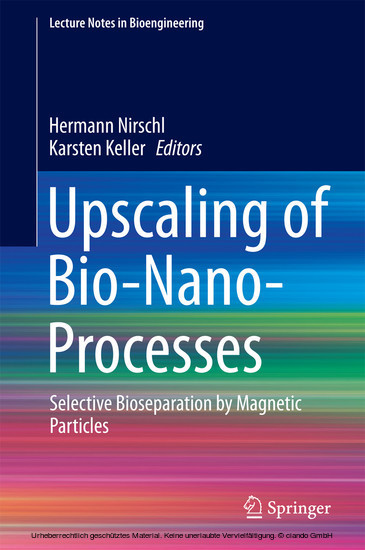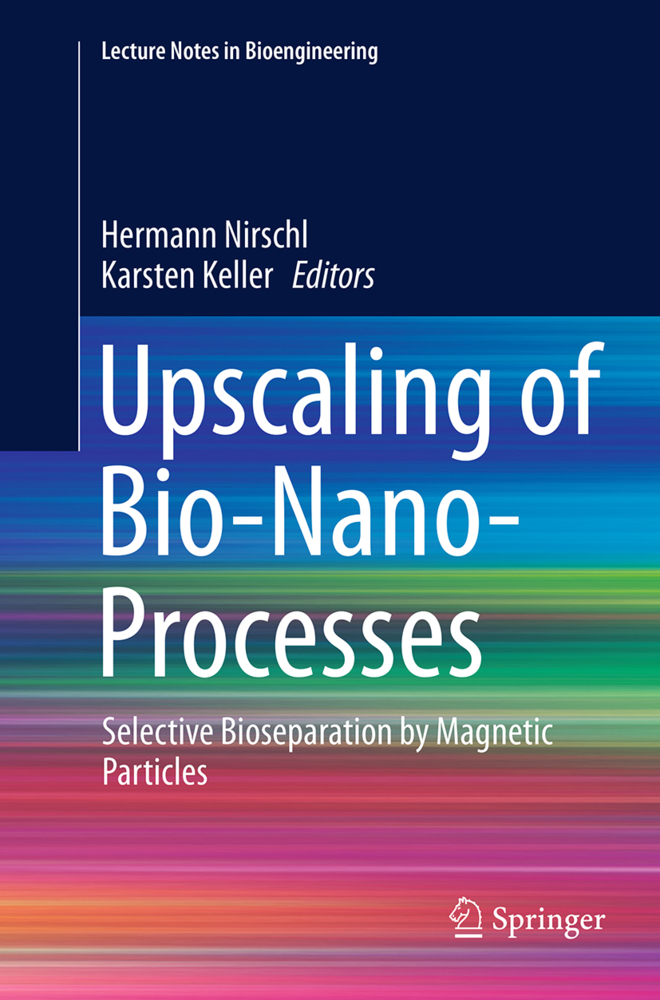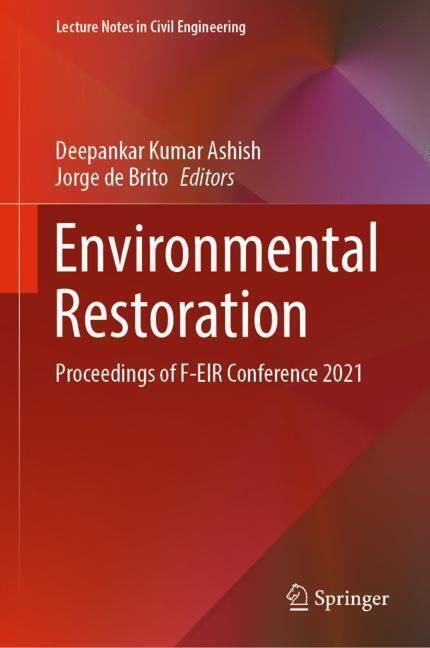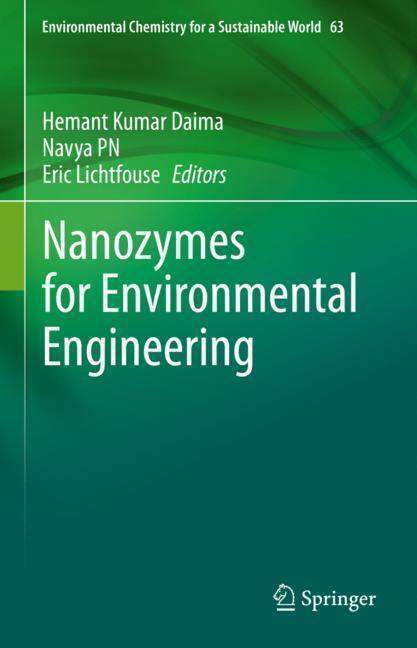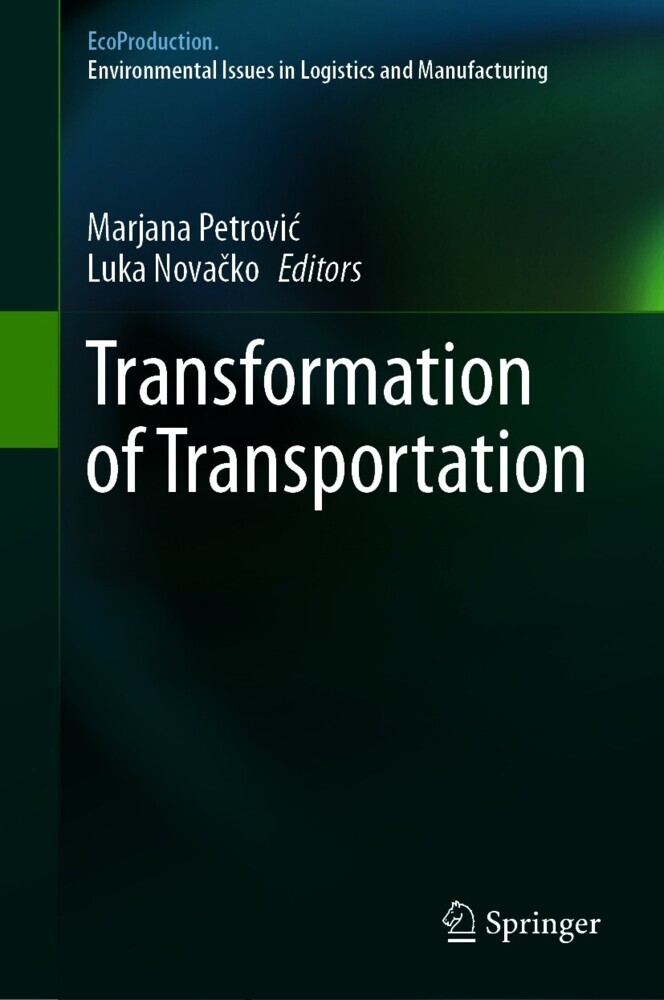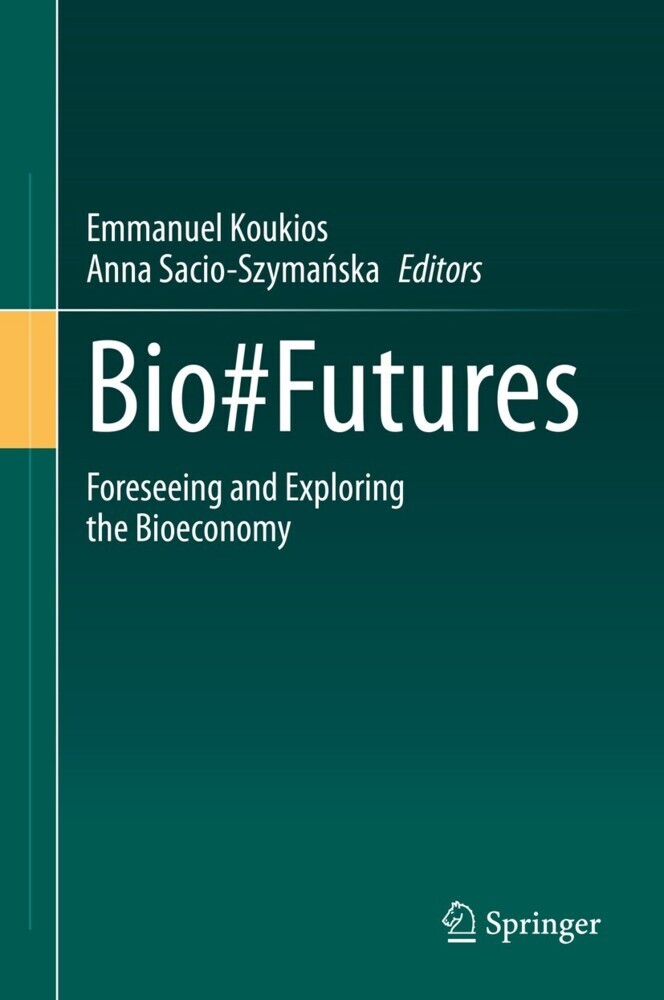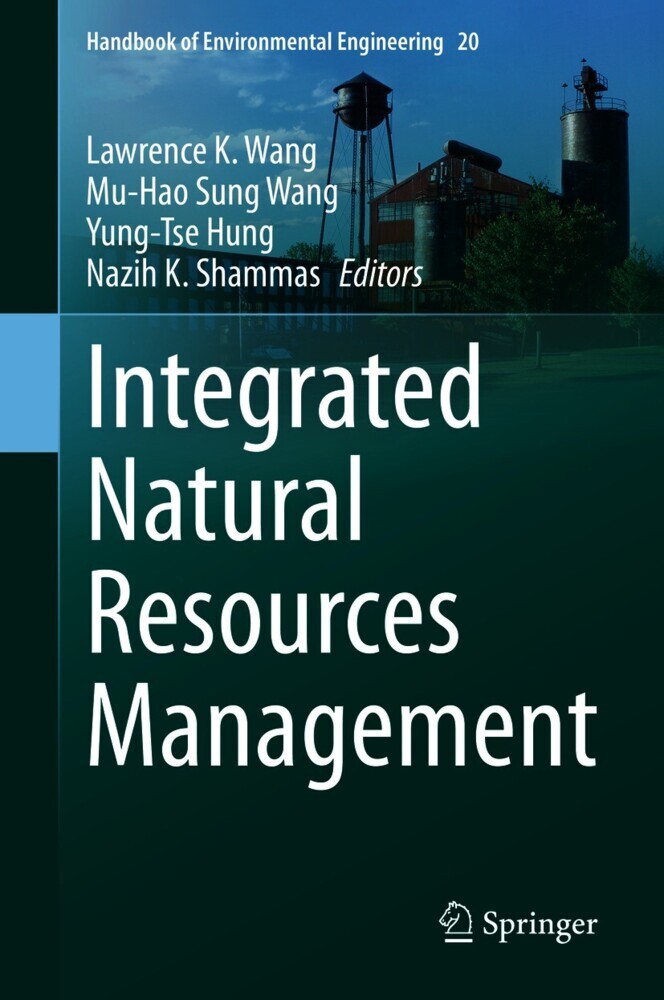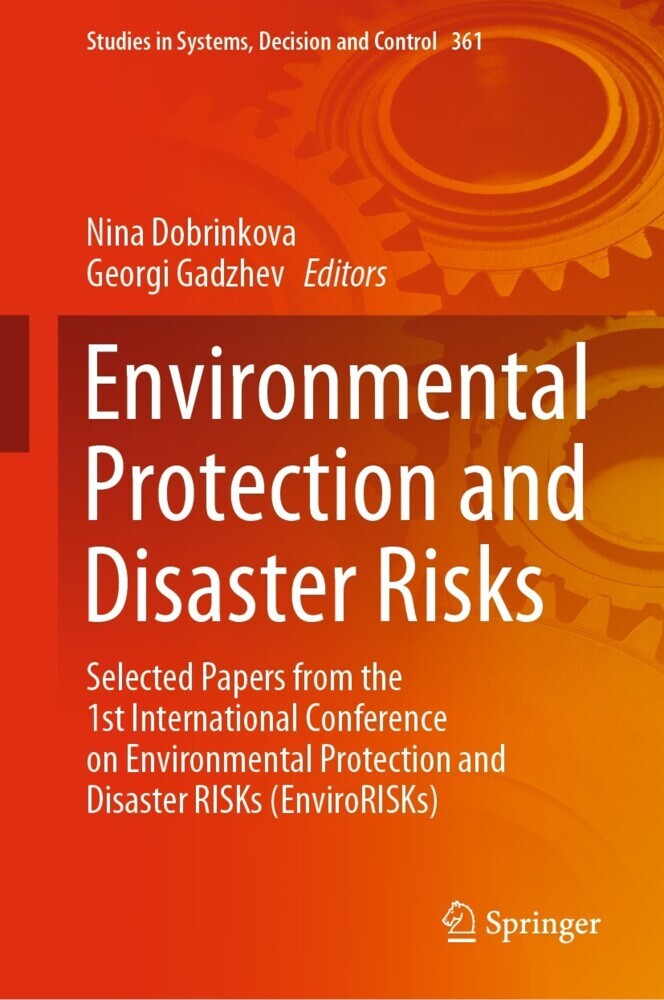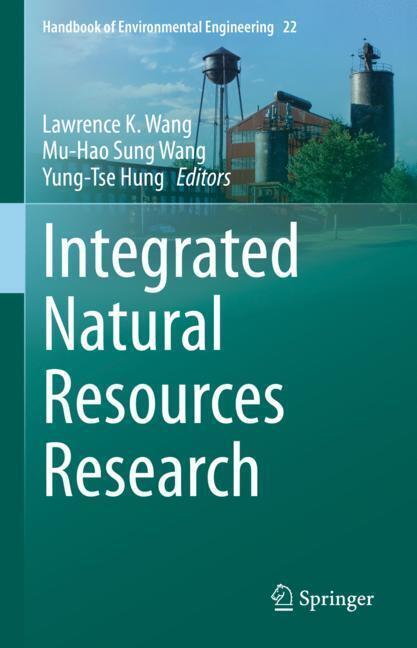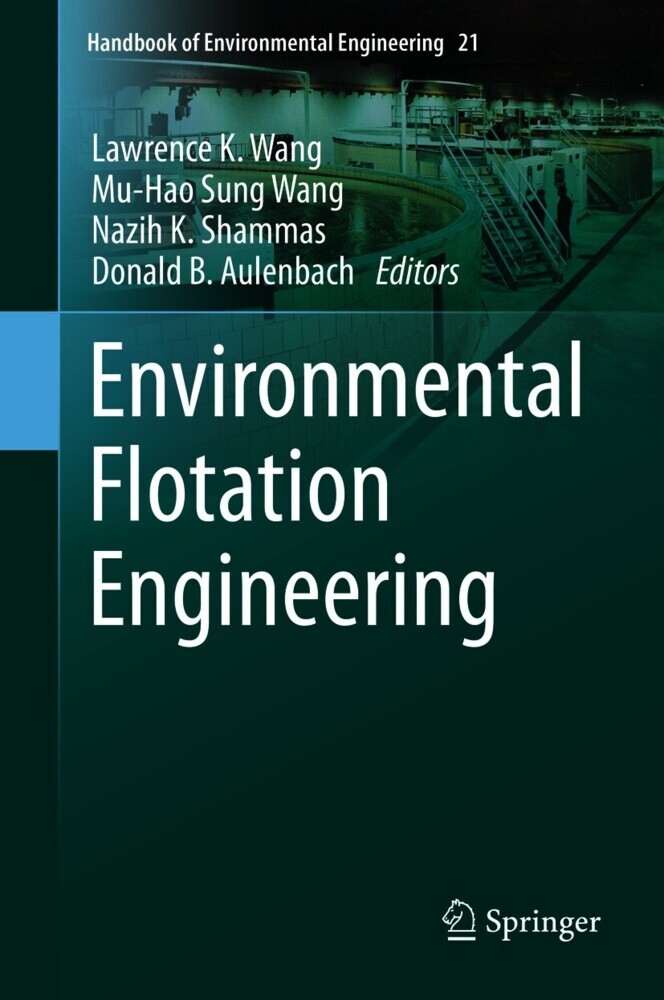Upscaling of Bio-Nano-Processes
Despite ongoing progress in nano- and biomaterial sciences, large scale bioprocessing of nanoparticles remains a great challenge, especially because of the difficulties in removing unwanted elements during processing in food, pharmaceutical and feed industry at production level. This book presents magnetic nanoparticles and a novel technology for the upscaling of protein separation. The results come from the EU Project 'MagPro2Life', which was conducted in cooperation of several european institutions and companies.
Prof. Dr.-Ing. Hermann Nirschl is head of chair of process machinery at the institute of mechanical process engineering and mechanics at the Karlsruhe Institute of Technology, focusing on process machinery in solid liquid separation, blending, milling, nanoscaled particle structures and numerical simulation.
Dr. Karsten Keller is an Engineering Fellow of the Discovery Research group at Solae LLC (JV of DuPont) and has over 20 years of process engineering experience. He is developing novel processes for protein and new product opportunities from the lab-scale to commercial production and is the author of over 70 publications on subjects of separation, modeling, particle technology, biotechnology and nanotechnology. He is the inventor of 8 patents worldwide.
1;Preface;6 2;Acknowledgments;7 3;Contents;8 4;About the Editors;10 5;Contributors;11 6;Abbreviations;13 7;Keywords;15 8;1 Introduction;16 8.1;1.1 State-of-the-Art;17 8.2;1.2 New Developments;20 8.3;1.3 Overview;22 8.3.1;1.3.1 Particle Fabrication and Functionalisation;23 8.3.2;1.3.2 Isolation and Purification;24 8.3.3;1.3.3 Pilot Lines;24 8.3.3.1;1.3.3.1 Protein Production Stream;25 8.3.3.2;1.3.3.2 Fermentation Intensification;25 8.3.3.3;1.3.3.3 Economic, Market, Safety, Health and Life Cycle Analysis;25 8.4;1.4 Summary;26 8.5;References;27 9;Part I Particle Synthesis and Functionalization;28 10;2 New Advances in the Production of Iron-Based Nanostructures Manufactured by Laser Pyrolysis;29 10.1;Abstract;29 10.2;2.1 Introduction;29 10.3;2.2 The Laser Pyrolysis;30 10.3.1;2.2.1 Process Description;30 10.3.2;2.2.2 Advantages and Drawbacks;31 10.3.3;2.2.3 Characterization Techniques of the as-Synthesized Iron-Based Nanostructures;32 10.4;2.3 Nanostructured Iron Oxides;33 10.4.1;2.3.1 State of the Art;33 10.4.2;2.3.2 Iron Oxide Nanoparticles Obtained by Laser Pyrolysis Procedures;33 10.4.2.1;2.3.2.1 Iron Oxide Nanoparticles Obtained by Standard Laser Pyrolysis Procedure (SF-Type Samples);33 10.4.2.2;2.3.2.2 Iron Oxide Nanoparticles Obtained by Laser Pyrolysis in a "Soft" Oxidation Procedure (F-Type Samples);34 10.4.3;2.3.3 XRD Analysis of Nanoparticles;35 10.4.3.1;2.3.3.1 XRD Analysis of SF Nanoparticles;35 10.4.3.2;2.3.3.2 XRD Analysis of F-Type Nanoparticle;36 10.4.4;2.3.4 TEM Analysis;37 10.4.5;2.3.5 Magnetic Properties of the Iron Nano-Oxide Particles Produced by Laser Pyrolysis;39 10.5;2.4 Core-Shell Iron-Carbon Nanocomposites;40 10.5.1;2.4.1 State of the Art;40 10.5.2;2.4.2 XRD Analysis;43 10.5.3;2.4.3 TEM Analysis;44 10.5.4;2.4.4 Magnetic Analysis;46 10.6;2.5 Conclusion;49 10.7;References;50 11;3 Hydrophobic and Hydrophilic Magnetite Nanoparticles: Synthesis by Chemical Coprecipitation and Physico-Chemical Characterization;52 11.1;Abstract;52 11.2;3.1 Introduction;52 11.3;3.2 Magnetite Nanoparticles with Hydrophobic Surface Coating: Magnetic Nanofluids with Nonpolar Organic Carrier;54 11.4;3.3 Magnetite Nanoparticles with Hydrophilic Coating: Water-Based Magnetic Nanofluids;55 11.5;3.4 Magnetic Properties;55 11.6;3.5 Particle Size Distributions (Physical, Magnetic and Hydrodynamic Size);59 11.7;3.6 Single Particles Versus Clusters: Colloidal Stability;62 11.8;3.7 Conclusions;66 11.9;References;67 12;4 Magnetic Microgels: Synthesis and Characterization;69 12.1;Abstract;69 12.2;4.1 Introduction;69 12.3;4.2 Preparation Methods of Magnetic Microgels;70 12.3.1;4.2.1 Preparation of Magnetic Microgels Using Hydrophilic Magnetite Nanoparticles;71 12.3.1.1;4.2.1.1 Preparation of Magnetic Microgels by the Single-Step Copolymerization Method;71 12.3.1.2;4.2.1.2 Preparation of Magnetic Microgels by Two Steps, Layer by Layer Polymerization Method;72 12.3.2;4.2.2 Preparation of Magnetic Microgels Using Hydrophobic Magnetite Nanoparticles;72 12.3.2.1;4.2.2.1 Preparation of Clusters of Magnetic Nanoparticles by the Miniemulsion Method;73 12.3.2.2;4.2.2.2 Encapsulating the Nanoparticle Clusters into Polymers with Cation Exchange or Anion Exchange Functionality;74 12.3.2.2.1;Polymerization of Acrylic Acid on the Surface of NPCs Coated with SDS;74 12.3.2.2.2;Layer by Layer Polymerization of NIPA and AAc;74 12.4;4.3 Physical-Chemical Characterization of Magnetic Microgels;75 12.4.1;4.3.1 Morphological Characterization by Transmission Electron Microscopy;75 12.4.2;4.3.2 Characterization by Dynamic Light Scattering and Zeta Potential Measurements;77 12.4.3;4.3.3 X-Ray Photoelectron Spectroscopy;79 12.4.4;4.3.4 Magnetic Properties;83 12.5;4.4 Conclusions;85 12.6;References;86 13;5 Vesicles and Composite Particles by Rotating Membrane Pore Extrusion;89 13.1;Abstract;89 13.2;5.1 Introduction;89 13.3;5.2 Dynamic Membrane Emulsification;90 13.3.1;5.2.1 Membrane Emulsification Technology;90 13.3.2;5.2.2 MagPro2Life ROMER Setups;91 13.3.3;5.2.3 Droplet
Nirschl, Hermann
Keller, Karsten
| ISBN | 9783662438992 |
|---|---|
| Artikelnummer | 9783662438992 |
| Medientyp | E-Book - PDF |
| Auflage | 2. Aufl. |
| Copyrightjahr | 2014 |
| Verlag | Springer-Verlag |
| Umfang | 250 Seiten |
| Sprache | Englisch |
| Kopierschutz | Digitales Wasserzeichen |

